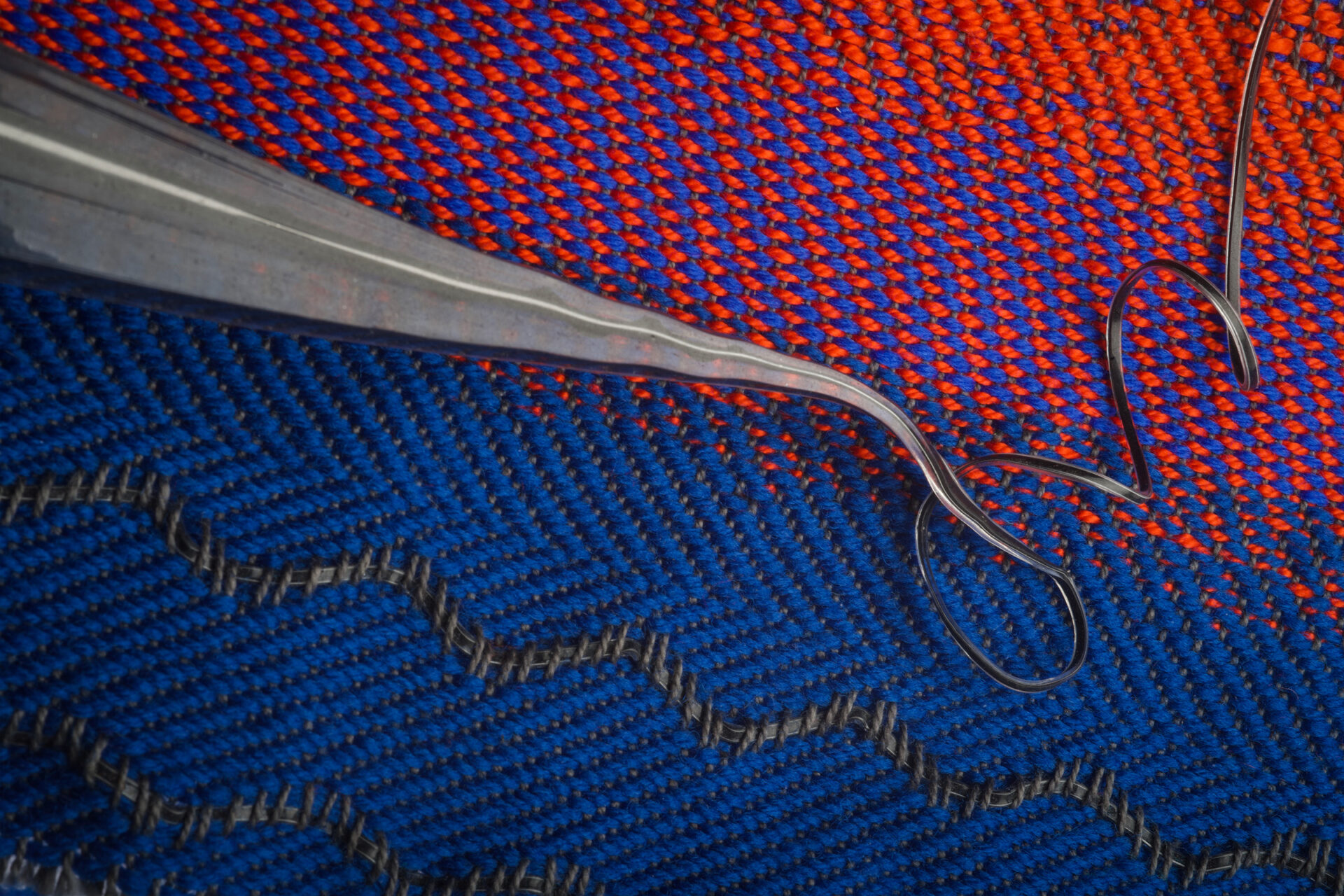- Image via Wikipedia
An amazing example of tissue regeneration in mice might lead to treatments that promote wound healing in humans–but it almost went unnoticed
Ellen Heber-Katz, a scientist at The Wistar Institute in Philadelphia, used to study autoimmunity—that was until she noticed something strange in the mice she was using to model lupus: The small holes that she had poked in their ears to distinguish the animals from one another kept closing. At first she thought her postdoc, Lise Clark, had forgotten to make the holes in the first place. But Clark clearly remembered doing it. Together, Heber-Katz and Clark pierced new holes. Within days, they closed, too. “Every day they got smaller and smaller and then just disappeared,” Heber-Katz says. And, there was no scar—the tissue was perfect. They wondered: “If we could find out what it was that was creating this response, we could treat wounds that way!”
That was in 1995. Heber-Katz couldn’t wait to study the phenomenon in depth. But her colleagues counseled against it, urging her not to waste her expertise in the field of autoimmune disease and transplant rejection. They advised her to pursue the disappearing ear holes as “an aside,” like a hobby. But Heber-Katz knew she had stumbled onto something big, and she just had to go after it full force. “I realized, since I didn’t know anything about wound healing, I had better go to a meeting about it,” she says. So she did, and there an expert told her: “Oh no, mouse ear holes absolutely do not close.” So Heber-Katz kept her finding secret. “I was really on cloud nine,” she says.
Some mammalian organs, like the liver, are capable of regeneration. Others, like the heart and the brain are unable to replace lost or injured cells. When tissue can’t regenerate, it is replaced with scar tissue. In contrast, salamanders and worms can regenerate lost or damaged tissue, leaving little trace, if any, of an injury. This appeared to be exactly what was happening in Heber-Katz’s mice.
Related articles by Zemanta
- Humans could regrow body parts like some amphibians (telegraph.co.uk)
- Research Offers Clue Into How Hearts Can Regenerate in Some Species (nytimes.com)









![Reblog this post [with Zemanta]](http://img.zemanta.com/reblog_b.png?x-id=202d43f4-b4d0-4fa4-a6b5-f6ebd40b5118)
